Project Vitra
by Rolf Fehlbaum
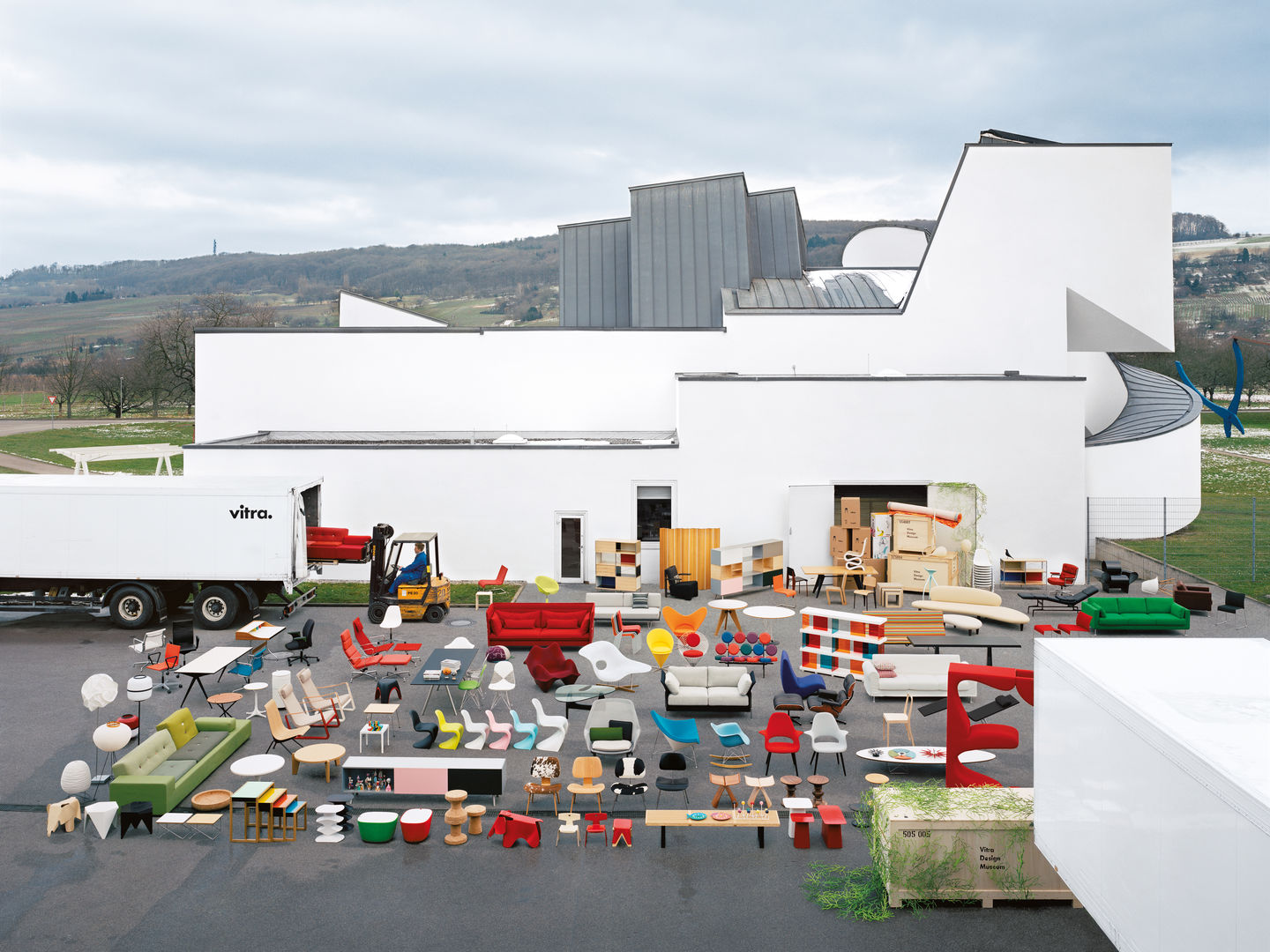
Project Vitra commenced in Basel and Weil am Rhein in the year 1957, when the company's founders, Willi and Erika Fehlbaum, began to produce furniture by Charles and Ray Eames and George Nelson. Today we continue to manufacture these furniture classics, and we are still at home in the metropolitan region of Basel. Yet over the years the Vitra project has come to embrace many more things.
The reason we call it a project is because everyone involved regards it as much more than just a matter of business. Obviously economic success was, and will remain, the foundation of the Vitra company. However, our work is based on the conviction that everyday life holds great potential for inspiration and aesthetic enjoyment, and that design can discover and develop this potential. The Vitra project serves this purpose as an enrichment of everyday life and manifests itself accordingly on different levels: in the company's products and interior concepts, in its architecture, collections, museum, methods of communication and, finally, in its approach to both designers and users.
Charles Eames had the most enduring influence on the Vitra project. He viewed the primary condition of design as the 'recognition of need' and warned against stylistic excesses: the designer should practice self-restraint and devote himself completely to the task of problem solving. Yet design is still, ultimately, a matter of individual authorship – of creative people developing solutions based on their analysis of a problem's criteria and parameters. For this reason, Vitra always works with designers who possess the capability of authorship – that is to say, who not only have creative skills, but who invest their work with a personal world view. Their designs bear a message that goes far beyond the impulse of merely trying to please.
Charles Eames had the most enduring influence on the Vitra project. He viewed the primary condition of design as the 'recognition of need' and warned against stylistic excesses: the designer should practice self-restraint and devote himself completely to the task of problem solving. Yet design is still, ultimately, a matter of individual authorship – of creative people developing solutions based on their analysis of a problem's criteria and parameters. For this reason, Vitra always works with designers who possess the capability of authorship – that is to say, who not only have creative skills, but who invest their work with a personal world view. Their designs bear a message that goes far beyond the impulse of merely trying to please.
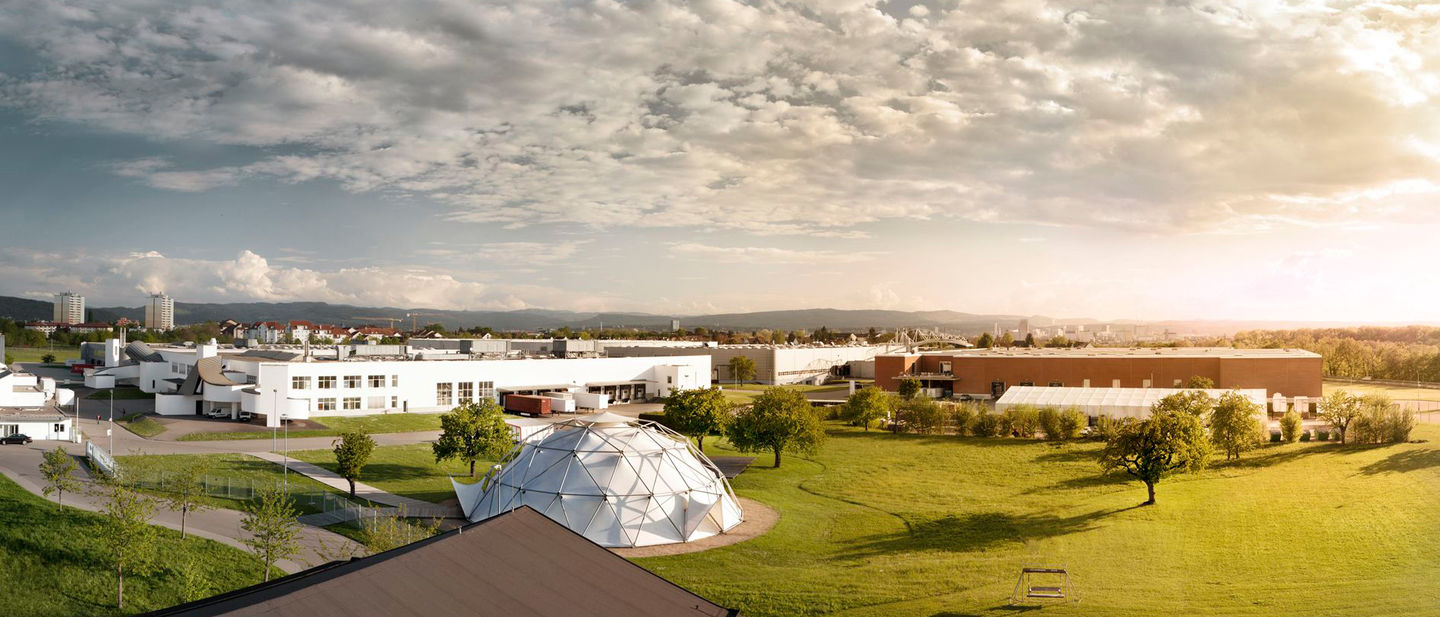
The diversity of Project Vitra can seem almost confusing at times. That has never bothered us. The architectural park on the Vitra Campus in Weil am Rhein defines us as readily as the chairs, tables, sofas, shopfitting systems and accessories that we produce. With their collections, archives and miniatures, the Vitra Design Museum and the Vitra Schaudepot belong as much to the project as our twentieth-century classics or the collages for home and office interiors that we develop. We are convinced that the design, arrangement and modification of the spaces in which we live and work is best achieved with as few boundaries as possible.
Consequently, we do not regard homes, offices and public venues as strictly separate spaces, but as related environments. Depending on the need, we create products that are as inexpensive as our plastic chairs, or as luxurious as the Eames Lounge Chair. We also move backwards and forwards, simultaneously, on the continuum of time. While we are committed to the heritage of classics in the form of re-editions, exhibitions and publications, we promote contemporary design with equal passion. And Vitra is no less interested in ergonomics, ecology, logistics and quality assurance than in the anthropology of living and working.
Consequently, we do not regard homes, offices and public venues as strictly separate spaces, but as related environments. Depending on the need, we create products that are as inexpensive as our plastic chairs, or as luxurious as the Eames Lounge Chair. We also move backwards and forwards, simultaneously, on the continuum of time. While we are committed to the heritage of classics in the form of re-editions, exhibitions and publications, we promote contemporary design with equal passion. And Vitra is no less interested in ergonomics, ecology, logistics and quality assurance than in the anthropology of living and working.
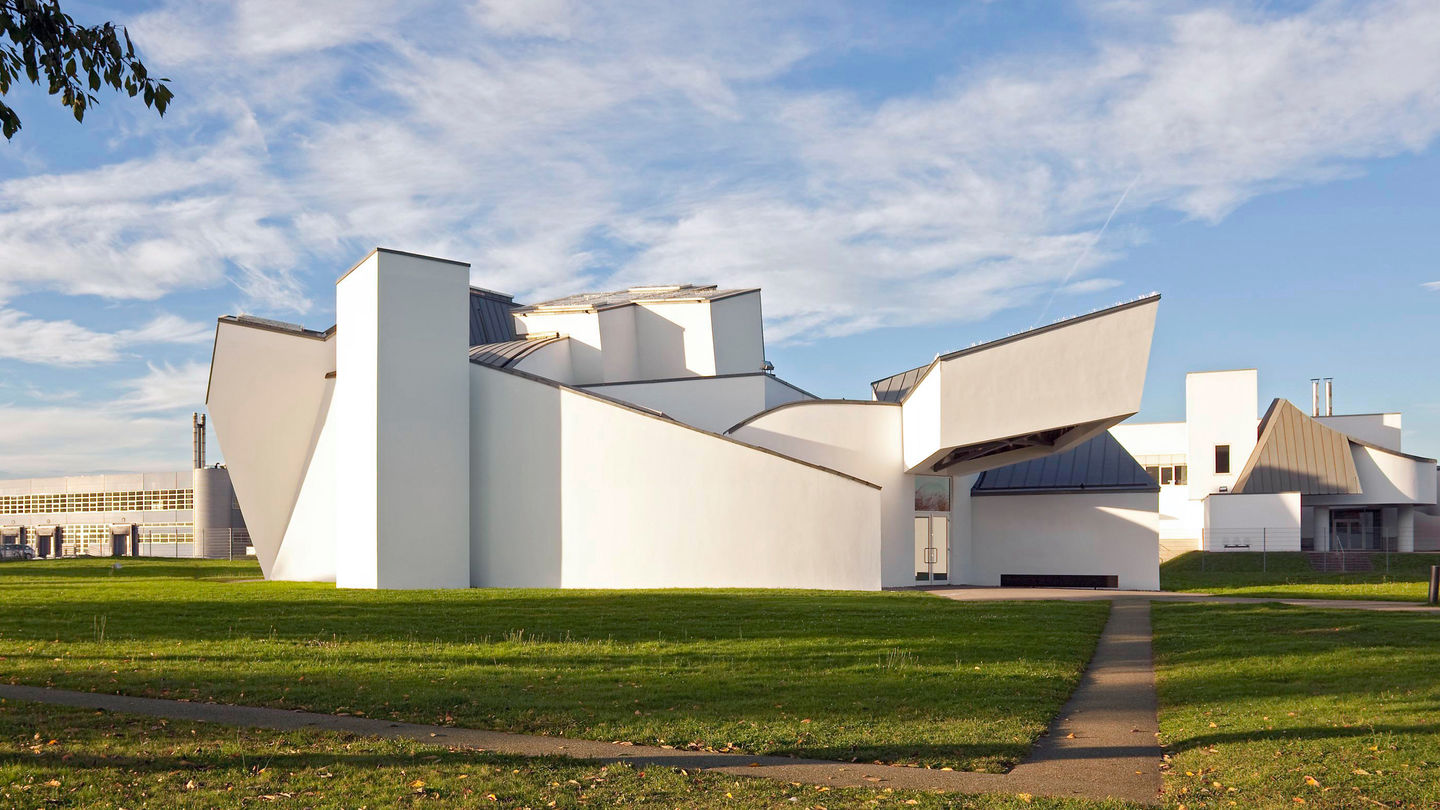

In order to gain a better understanding of the realm of the interior environment and its products, I began to collect modern furniture in the early 1980s. The progressive growth of this collection led to the idea of building a museum. However, a vital museum requires exhibitions. To finance their production and presentation, the exhibitions would have to be so attractive that other institutions would want to show them as well. This realisation eventually led to the publication of catalogues, the organisation of workshops, the acquisition of archives and the creation of unique museum products. Exhibitions organised by the Vitra Design Museum now tour the globe. Today the furniture collection belongs to the Vitra Design Museum, and parts of this collection are on display in the Vitra Schaudepot, which opened in June 2016.
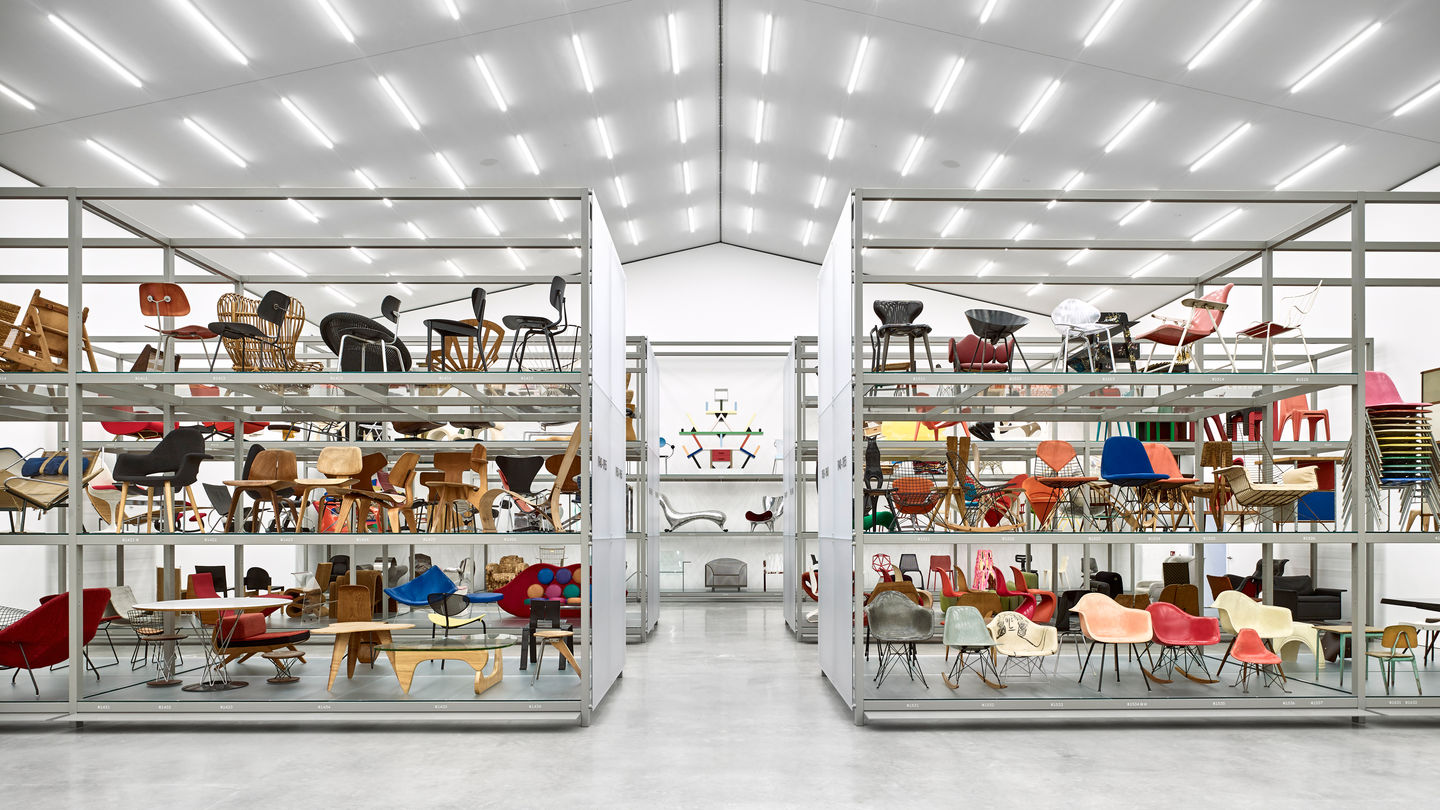
In 1981, the opportunity suddenly presented itself to incorporate architecture into the Vitra project. A major fire had destroyed most of the factory site in Weil am Rhein, making it necessary to rebuild our production facilities. Nicholas Grimshaw, architect of the first new building, also designed a unified master plan for the development of the entire premises. A short time later, however, this homogenous concept was replaced by the idea of a collage, due to an encounter with Frank Gehry, and the Vitra Campus in Weil am Rhein thus took shape.


A present assessment of the Vitra project can only be tentative. It is a work in progress and will continue to be so for a long time to come. Thanks to the legal status of Vitra as a family-owned enterprise – now headed by the third generation in the person of Nora Fehlbaum – there is a good possibility that the singularity of the company can be sustained. New ideas are being pursued, from the introduction of the Vitra Accessories Collection with a growing portfolio of design objects, accessories and textiles, to the expansion of our digital channels and the launch our own e-shop.
Another such experiment is the Vitra Magazine on the company website. Here we want to provide those interested in design, architecture and culture with the chance to share in our thoughts on these topics. This is why we work continuously to publish a wide-ranging collection of articles, reports, pictures, theoretical concepts and commentary.
‘Project Vitra – Design, Architecture, Communications (1950 - 2017)’ opened on 25 March 2017 in the Vitra Campus Fire Station. The exhibition provides an overview of the diverse cultural and commercial activities of Vitra and offers insights into the company’s history.
Another such experiment is the Vitra Magazine on the company website. Here we want to provide those interested in design, architecture and culture with the chance to share in our thoughts on these topics. This is why we work continuously to publish a wide-ranging collection of articles, reports, pictures, theoretical concepts and commentary.
‘Project Vitra – Design, Architecture, Communications (1950 - 2017)’ opened on 25 March 2017 in the Vitra Campus Fire Station. The exhibition provides an overview of the diverse cultural and commercial activities of Vitra and offers insights into the company’s history.
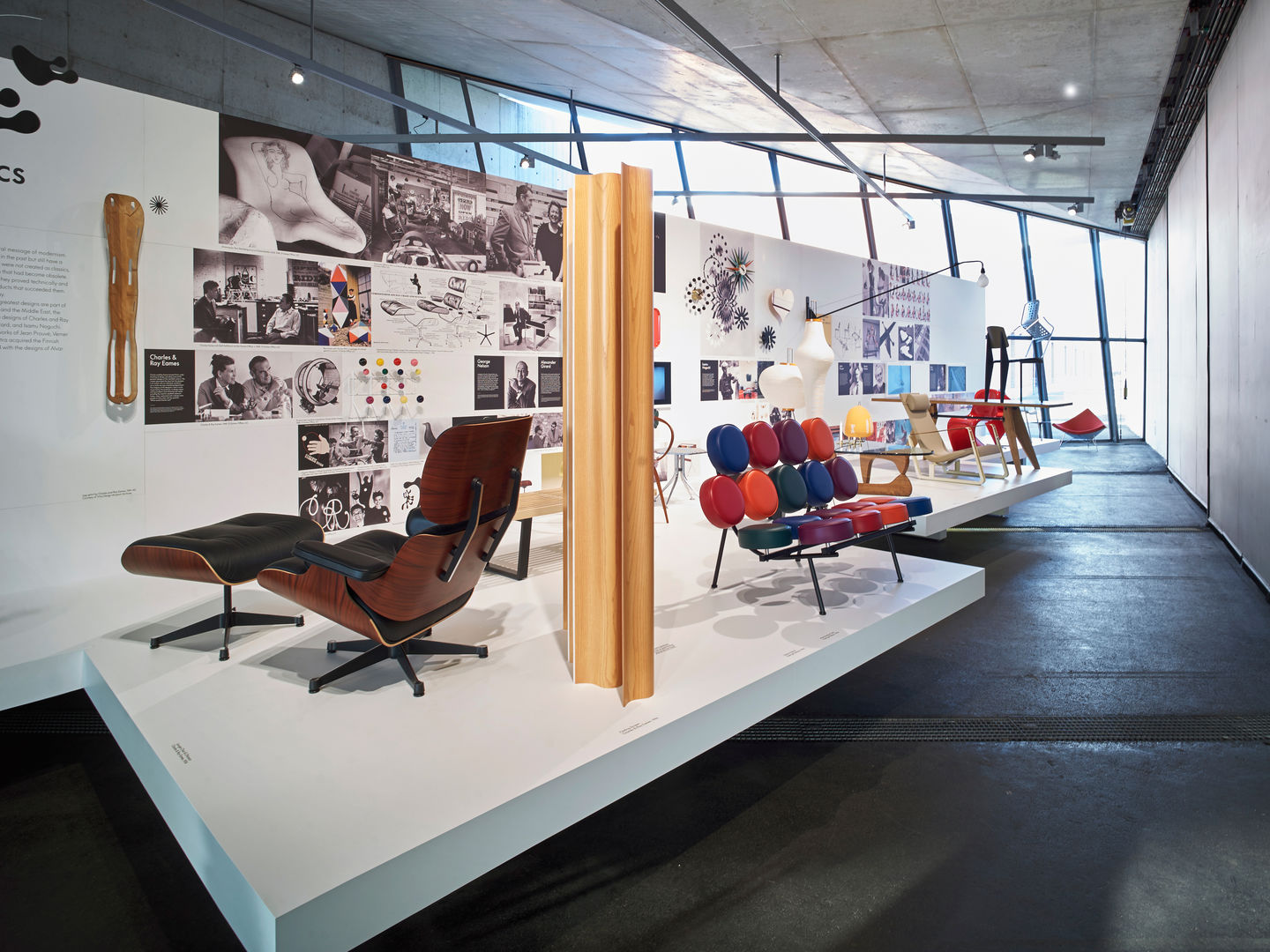

Publication Date: 23 March 2017, first published in «Projekt Vitra»; Edt. Cornel Windlin and Rolf Fehlbaum; Birkhäuser Verlag; Basel, 2008.
Author: Rolf Fehlbaum, Chairman Emeritus, Vitra
Images: Lorenz Cugini, Tobias Madörin, Bettina Matthiessen, Wolfgang Scheppe, Malte Bruns/Jyrgen Ueberschär/Tobias Wootton


